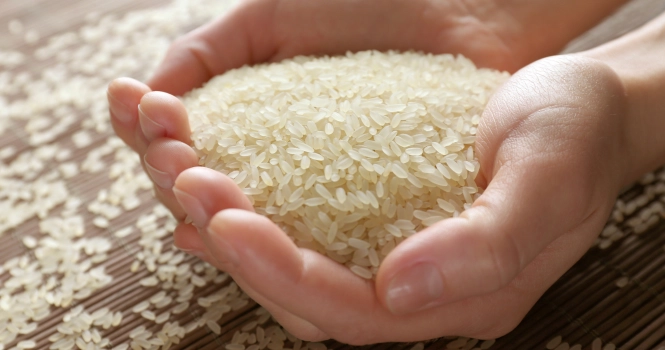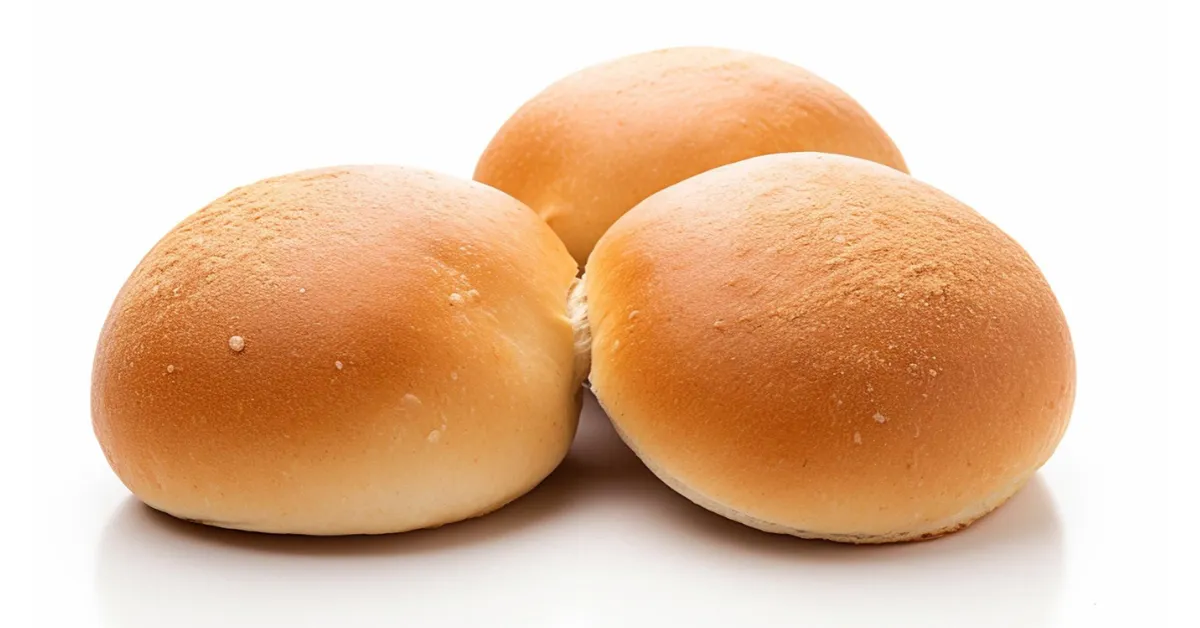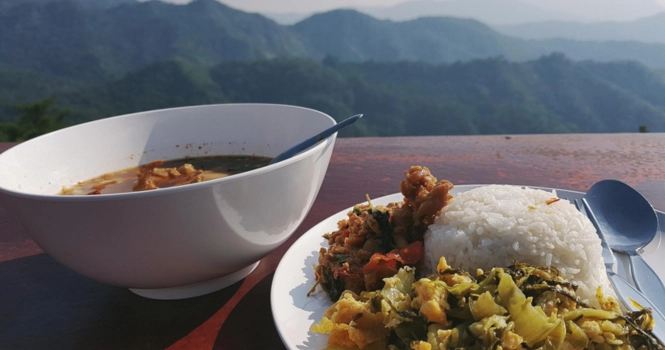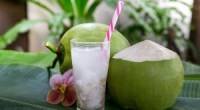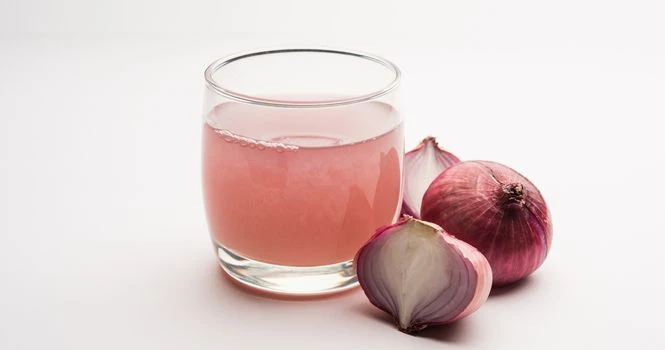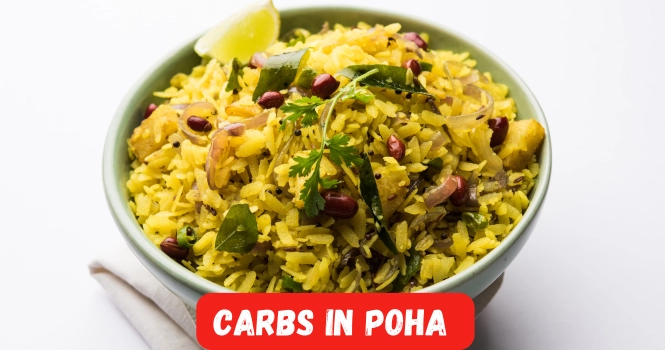Nutritional Breakdown: Calories in 100 Grams of Roasted Chana or Chickpeas
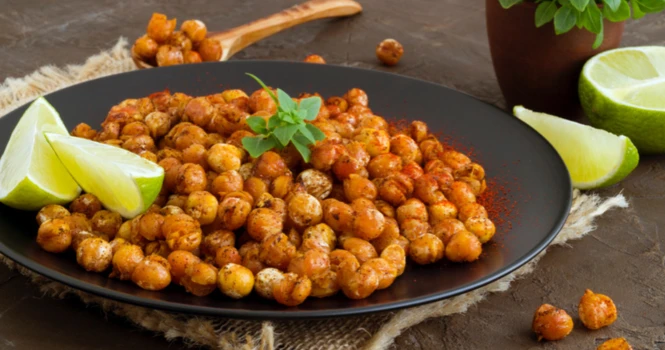
What is “Chana”?
“Chana” is a term commonly used in India and parts of South Asia to refer to a variety of chickpea. In different languages “chana” is known by various names:
- English: Chickpeas or Garbanzo Beans
- Hindi and Urdu: Chana or Kabuli Chana (for the larger, lighter colored variety)
- Bengali: Chhola or Chana
- Tamil: Kondai Kadalai
- Telugu: Senagalu
- Kannada: Kadale Kaalu
- Gujarati: Chana
- Marathi: Harbhara
Chickpeas are categorized mainly into two types:
- The smaller, darker ones known as Desi chickpeas, which are often called “Bengal gram” or “Kala chana” in South Asia, and
- The larger, lighter colored Kabuli chickpeas, which are what many Westerners recognize as the typical chickpea used in hummus and many Mediterranean dishes.
Nutritional Profile of 100 Gram Roasted chana or Chickpeas
- Calories: Approximately 364 kcal
- Protein: Around 19 grams, which is quite high and makes roasted chana an excellent source of protein for vegetarians and vegans.
- Dietary Fiber: About 17 grams, contributing to digestive health and helping maintain a feeling of fullness, aiding in weight management.
- Fats: Approximately 6 grams, with a low proportion of saturated fats. The fats present in chickpeas are primarily healthy unsaturated fats, which are beneficial for heart health.
- Carbohydrates: Roughly 61 grams, with a significant portion coming from complex carbohydrates and dietary fibers, making it great for sustained energy release.
- Iron: About 6.2 mg, which is significant for blood health and preventing anemia.
- Magnesium: Around 115 mg, essential for muscle and nerve function and maintaining a healthy immune system.
- Potassium: Approximately 718 mg, which helps in regulating blood pressure and heart function.
- Calcium: About 105 mg, important for bone health.
- Zinc: Around 3.43 mg, crucial for immune function, wound healing, and DNA synthesis.
How to Roast Chickpeas or “Chana”?
Roasting chana (chickpeas) at home is a simple and straightforward process that results in a delicious and healthy snack. Here’s a basic method to roast chana in your oven:
Ingredients:
- 1 cup dried chana (chickpeas), or you can use canned chickpeas for convenience
- 1-2 tablespoons olive oil or any vegetable oil
- Salt, to taste
- Optional: spices or seasonings of your choice (e.g., cumin, paprika, garlic powder, chili powder)
Instructions:
1. Preparation:
- If using dried chana, soak them overnight in plenty of water. Drain and rinse the chana, then boil in fresh water until tender, about 1-2 hours. Skip this step if using canned chickpeas.
- Preheat your oven to 400°F (200°C).
2. Drying:
- If using canned chickpeas, rinse them thoroughly and drain. Spread the chana out on a clean kitchen towel or paper towels and pat them dry. Removing as much moisture as possible is key to getting them crispy.
3. Seasoning:
- Toss the dried chana in a bowl with the olive oil and salt. If using, add your chosen spices or seasonings and toss until the chana are evenly coated.
4. Roasting:
- Spread the chana out in a single layer on a baking sheet lined with parchment paper or lightly greased to prevent sticking.
- Roast in the preheated oven for 20-30 minutes, or until they are golden brown and crispy. It’s a good idea to shake the pan or stir the chana halfway through to ensure even roasting.
5. Cooling:
- Remove the chana from the oven and allow them to cool on the baking sheet. They will continue to crisp up as they cool.
6. Serving:
- Enjoy the roasted chana as a snack on their own, or use them as a crunchy topping for salads or soups.
Tips:
- Experiment with different seasonings to find your favorite flavor combinations.
- Watch the chana closely towards the end of roasting to prevent burning, as oven temperatures can vary.
- Store any leftover roasted chana in an airtight container to maintain their crispiness.
- Roasting chana is a great way to create a healthy, portable snack that’s rich in protein and fiber while being low in calories.
Roasted chana for Weight Loss
Roasted chana can be an effective snack option for weight loss due to its nutritional profile and properties that promote satiety, manage hunger, and support a healthy metabolism in the following ways,
High in Protein: Roasted chana is rich in protein, which is known for its role in weight management. Protein helps build and repair tissues but is also crucial for weight loss because it can increase satiety, reduce hunger, and boost metabolism. A diet high in protein can help you feel fuller for longer, reducing overall calorie intake.
Rich in Dietary Fiber: The high fiber content in roasted chana aids in digestion and promotes a feeling of fullness, which can help in reducing snacking and overeating. Fiber takes longer to digest, slowing down the emptying of the stomach and prolonging satiety.
Low Energy Density: Roasted chana has a low energy density, meaning it provides fewer calories for a larger volume of food. Snacking on foods with low energy density can help control hunger while consuming fewer calories, making it easier to stick to a calorie deficit needed for weight loss.
Low Glycemic Index: The glycemic index (GI) of a food indicates how quickly it raises blood glucose levels. Roasted chana has a low GI, which means it leads to a more gradual increase in blood sugar levels. This can be particularly beneficial for weight management as it helps in controlling appetite and reducing sudden hunger spikes.
Nutrient-Rich: In addition to protein and fiber, roasted chana is also packed with essential vitamins and minerals that support overall health. When your body receives adequate nutrition, it functions more efficiently, which can aid in weight management and fat loss.
Healthy Snacking Option: Replacing high-calorie, nutrient-poor snacks with healthier options like roasted chana can contribute to a healthier overall diet, which is crucial for weight loss. Its crunchiness and convenience also make it a satisfying snack that can easily fit into a weight loss diet.
Incorporating roasted chana into your diet for weight loss should be done as part of a balanced and varied diet. Portion control is also important, as consuming too much of even a healthy food can lead to excess calorie intake.
Roasted chana Side Effects
While roasted chana is nutritious and offers numerous health benefits, there are some potential side effects to be aware of, especially when consumed in excess:
Digestive Issues: The high fiber content in chickpeas is great for digestion, but overconsumption can lead to gas, bloating, and abdominal discomfort for some people, especially those not accustomed to high-fiber diets.
Allergic Reactions: Chickpeas are a legume, and like other legumes, they can cause allergic reactions in some individuals. Symptoms can range from mild (such as hives or gastrointestinal discomfort) to severe (such as anaphylaxis).
Interference with Mineral Absorption: Chickpeas contain phytates, which can bind to minerals like iron, zinc, and calcium and reduce their absorption. This is generally not a concern if you have a well-balanced diet, but it can be a consideration for those at risk of mineral deficiencies.
Caloric Intake: While roasted chana is nutritious, it is also relatively calorie-dense. Consuming it in large quantities without accounting for the added calories can lead to weight gain.
Moderation is key to avoiding these potential side effects. Incorporating roasted chana as part of a balanced diet, ensuring adequate hydration, and gradually increasing fiber intake can help mitigate some of the digestive issues.
If you have specific health conditions, such as gout, allergies, or mineral absorption concerns, consulting with a healthcare professional is advisable to determine the appropriate amount for you.
Frequently Asked Questions
Does Roasted Chana Cause Constipation?
Roasted chana is high in dietary fiber, which generally aids in digestion and helps prevent constipation by promoting regular bowel movements. However, a sudden increase in fiber intake without adequate hydration may lead to digestive issues, including constipation. It’s important to increase fiber intake gradually and ensure you’re drinking plenty of water throughout the day to help fiber do its job effectively.
Can Roasted Chana Be Eaten In Pregnancy?
Roasted chana can be a nutritious snack option during pregnancy due to its high protein, fiber, and mineral content. The protein supports fetal growth, fiber aids in digestion (helping to alleviate constipation, a common issue in pregnancy), and minerals like iron and folate are crucial for the health of both mother and baby.
However, it’s essential to consume it in moderation and as part of a balanced diet to avoid excessive calorie intake and potential digestive discomfort. It’s always best to consult with your doctor or a dietitian to tailor dietary choices to your specific needs during pregnancy.
What is Roasted Chana GI Index?
The glycemic index (GI) measures how quickly foods raise blood sugar levels. Foods with a low GI (55 or less) are digested, absorbed, and metabolized more slowly, leading to a gradual rise in blood glucose and insulin levels.
Roasted chana, like most legumes, has a low glycemic index. While specific GI values can vary based on preparation methods and individual varieties, chickpeas generally have a GI value in the range of 28 to 35, making them a good option for blood sugar management. This low GI makes roasted chana an excellent snack for individuals managing diabetes or those concerned about blood sugar spikes.
If you’re tracking your snacks, don’t forget to check the caloric breakdown of a single bun — it might surprise you!
What Effect has Roasted Chana on Uric Acid?
Roasted chana, or chickpeas, are generally considered low in purines, compounds that break down into uric acid in the body.
Foods high in purines can exacerbate conditions like gout and kidney stones in susceptible individuals by increasing uric acid levels. Since chickpeas are on the lower end of the purine scale, moderate consumption of roasted chana is unlikely to significantly impact uric acid levels in most people.
However, individual responses can vary, especially in those with gout or kidney issues, so it’s advisable to monitor symptoms and consult with your doctor for personalized dietary advice.
Is Roasted Chana good or bad?
Roasted chana, or roasted chickpeas, is generally considered a healthy snack option. It is rich in protein, fiber, vitamins, and minerals, making it beneficial for digestion, weight management, and overall health. However, like any food, it should be consumed in moderation as part of a balanced diet to avoid excessive calorie intake.
How much protein is in 100g roasted chana?
100 grams of roasted chana typically contains around 20 to 22 grams of protein. This makes it an excellent source of plant-based protein, suitable for vegetarians and those looking to increase their protein intake.
How much protein is in 50g of roasted chana?
50 grams of roasted chana contains approximately 10 to 11 grams of protein. This provides a substantial amount of protein, especially for a snack, contributing to muscle repair and growth as part of a balanced diet.
Is roasted chana good for BP?
Roasted chana can be good for blood pressure (BP) management due to its high potassium content and low sodium levels, which are beneficial for maintaining healthy blood pressure levels.
The fiber in roasted chana also aids in heart health, which indirectly supports blood pressure management. However, individuals with specific health conditions should consult with a healthcare professional to tailor their diet to their needs.
![]()



